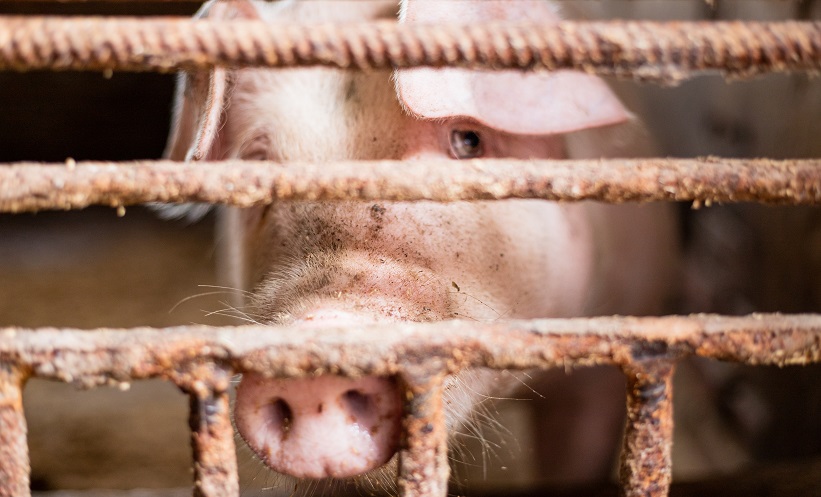FOR the first time, bird flu has been detected in a pig in the United States, marking a significant event in the potential crossover of avian viruses to mammalian species. The infected pig, identified on an Indiana farm, tested positive for avian influenza virus (AIV) subtype H5N1. This case has heightened concerns among healthcare professionals and infectious disease experts due to the zoonotic potential of avian influenza, which could lead to new challenges in managing influenza outbreaks and cross-species transmissions.
Avian influenza H5N1 is known for its high fatality rate in birds, but the virus occasionally crosses over to infect mammals, including humans. While rare, such infections can potentially lead to mutations, enabling the virus to transmit more efficiently between mammalian hosts. In this case, however, no evidence of human infection or further mammalian spread has been reported. Monitoring for any genetic adaptation of H5N1 in pigs is critical because the pig respiratory system can serve as a “mixing vessel” for viruses, possibly generating new influenza strains capable of human infection.
The CDC and USDA are collaborating to enhance surveillance and genomic sequencing efforts in response to this discovery. Experts caution that while the current risk of human infection remains low, healthcare systems should be vigilant, especially as influenza season approaches and the potential for co-infection with other influenza strains rises.
Healthcare providers are encouraged to monitor updates from the CDC and prioritize preventative strategies, including influenza vaccination, to reduce overall transmission risks.
Reference: The Washington Post. Bird flu detected in a pig for the first time in the U.S., raising concerns. October 2024. Available at: https://www.washingtonpost.com/health/2024/10/30/bird-flu-pig-virus/. Last accessed: November 3, 2024.
Anaya Malik | AMJ








